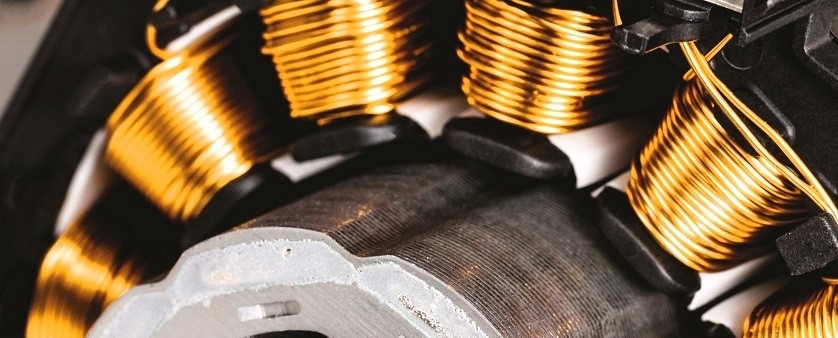The automotive supplier industry currently finds itself in a complex situation. On the one hand, a worldwide strong demand reveals unique opportunities regarding growth and profitability. On the other hand, the industry experiences high competition, severe price pressure from OEMs and an increasing complexity in products, processes and networks.
The new article series “Insights on Automotive Supplier Excellence” highlights key trends focused on major functional areas that are facing a strong necessity for fundamental change in order to successfully meet the challenges of the future.
Footprint Optimization at Automotive Suppliers
The automotive industry has become truly global in the past decade – and automotive suppliers have expanded their operations as a result. Optimization of the manufacturing footprint with this global demand in mind has been imperative for them for years. The parameters driving footprint decisions, however, are undergoing dynamic change forcing all suppliers to rethink their strategies. However, the pressure to globalize remains intense because it is key to maintaining competitiveness. The problem is that many footprint redesigns fail to achieve their objectives. There are, however, ways to increase the success rate of these complicated yet crucial undertakings.
Sourcing in the Automotive Industry: How Can Suppliers Create More Value?
Automotive suppliers operate in a challenging business environment which is characterized by high pressure on costs and quality, complex supply chains and increasing risks. As the cost of purchased goods and services represents up to 70 percent of goods sold they significantly impact the operating results. Even though the automotive industry is at the forefront of developing innovative and robust strategies for optimizing sourcing and thus has achieved considerable results, further approaches need to be designed and implemented. This will increase their competitiveness. Hence, top managers need to think beyond the purchasing function. They need to embed procurement across the entire company and the whole supply chain to realize innovation and performance enhancement.
Driving Growth of Automotive Suppliers
The automotive supplier industry is driven by a paradigm of continuous growth in the force field of changing business model requirements, customer expectations and shareholder needs. Successful companies are capable of achieving growth while at the same time increasing profitability. Companies that realized the highest profitability growth in the past five years were already large in size, able to leverage market trends and segment-specific dynamics – and had a sound understanding and strategy to address them.
Consequently, there is no “one-size-fits-all” solution: The differences in growth levels demonstrate the need for specific directions and strategies, matching a company’s maturity and individual positioning. There are very different growth options, which can be condensed in three main paths: Regional expansion, market penetration and portfolio extension.
HR Challenges in the Automotive Industry
The automotive industry is going through its greatest transformation since the early 1900s. This is having an enormous impact on automotive suppliers, who have to perform in an increasingly challenging business environment. This sector employs a significant number of people and has a global value creation of approximately €900 billion. So what is the challenge for the Human Resources (HR) function of these businesses, and how can automotive suppliers succeed in overcoming it?







